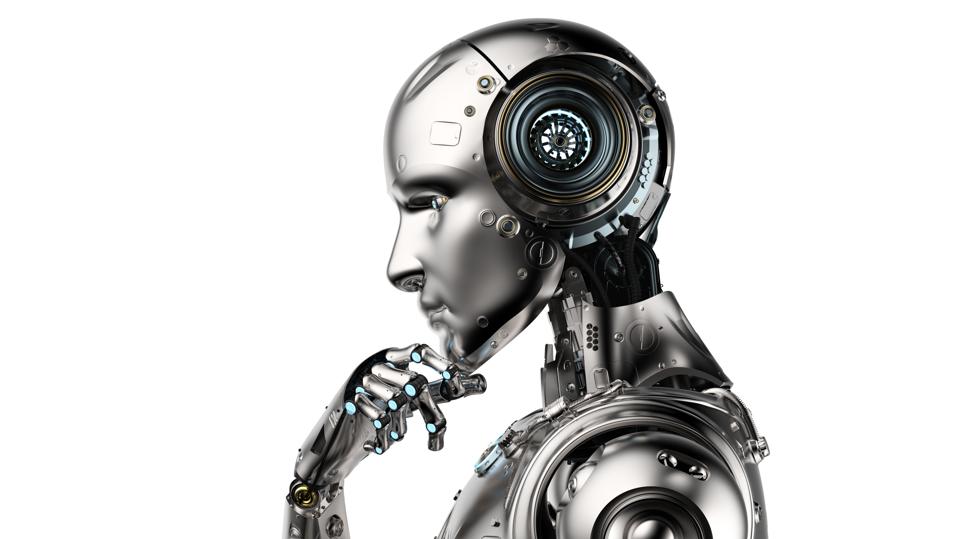Callaway, F., van Opheusden, B., Gul, S. et al.
Nat Hum Behav 6, 1112–1125 (2022).
https://doi.org/10.1038/s41562-022-01332-8
Abstract
Making good decisions requires thinking ahead, but the huge number of actions and outcomes one could consider makes exhaustive planning infeasible for computationally constrained agents, such as humans. How people are nevertheless able to solve novel problems when their actions have long-reaching consequences is thus a long-standing question in cognitive science. To address this question, we propose a model of resource-constrained planning that allows us to derive optimal planning strategies. We find that previously proposed heuristics such as best-first search are near optimal under some circumstances but not others. In a mouse-tracking paradigm, we show that people adapt their planning strategies accordingly, planning in a manner that is broadly consistent with the optimal model but not with any single heuristic model. We also find systematic deviations from the optimal model that might result from additional cognitive constraints that are yet to be uncovered.
Discussion
In this paper, we proposed a rational model of resource-constrained planning and compared the predictions of the model to human behaviour in a process-tracing paradigm. Our results suggest that human planning strategies are highly adaptive in ways that previous models cannot capture. In Experiment 1, we found that the optimal planning strategy in a generic environment resembled best-first search with a relative stopping rule. Participant behaviour was also consistent with such a strategy. However, the optimal planning strategy depends on the structure of the environment. Thus, in Experiments 2 and 3, we constructed six environments in which the optimal strategy resembled different classical search algorithms (best-first, breadth-first, depth-first and backward search). In each case, participant behaviour matched the environment-appropriate algorithm, as the optimal model predicted.
The idea that people use heuristics that are jointly adapted to environmental structure and computational limitations is not new. First popularized by Herbert Simon, it has more recently been championed in ecological rationality, which generally takes the approach of identifying computationally frugal heuristics that make accurate choices in certain environments. However, while ecological rationality explicitly rejects the notion of optimality, our approach embraces it, identifying heuristics that maximize an objective function that includes both external utility and internal cognitive cost. Supporting our approach, we found that the optimal model explained human planning behaviour better than flexible combinations of previously proposed planning heuristics in seven of the eight environments we considered (Supplementary Table 1).


